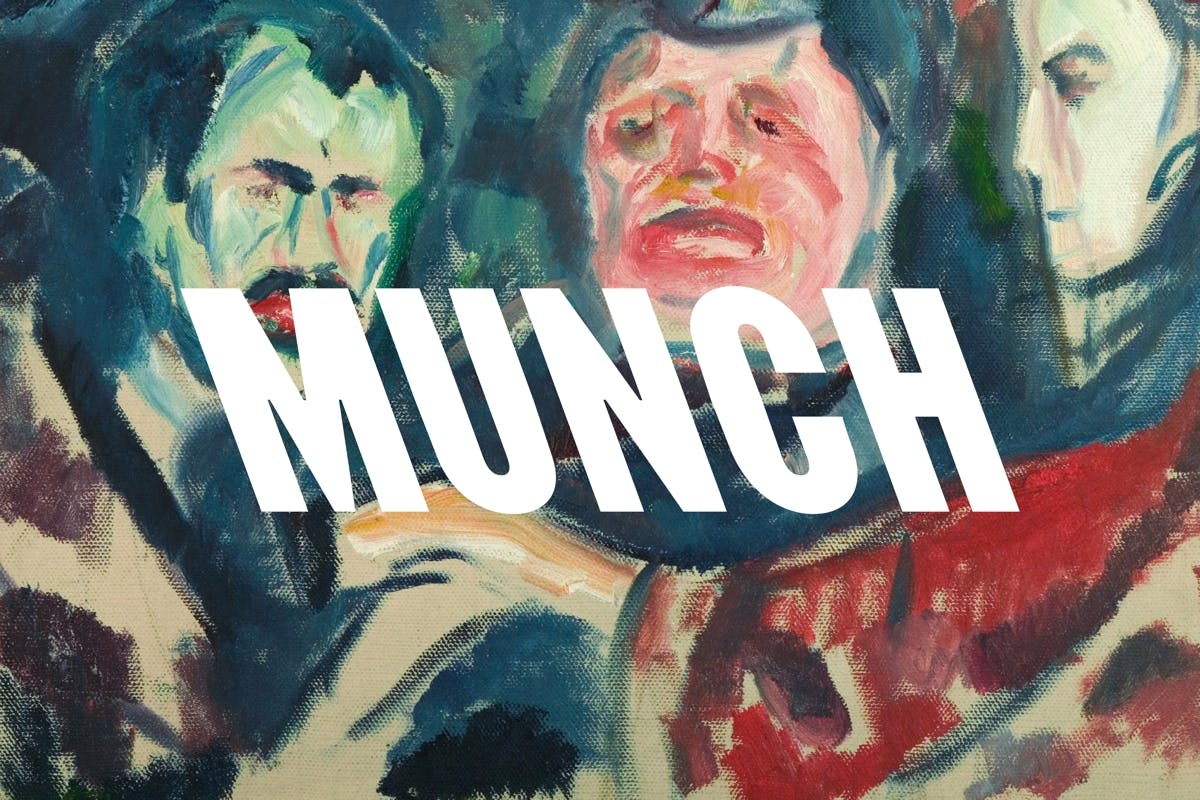At Home: COOL HUNTING in May
Posted in: UncategorizedHighlights from what we’ve read and watched this month
Over the last month, all members of our editorial staff have (like everyone else) spent substantial time seeking distraction from the news by way of film and television, as well as all types of books. We all recognize the value of quality content—thoughtful independent cinema, detailed nonfiction biographies, well-written streaming series—but we also cherish the escapism provided by blockbusters, binge-worthy programs and, to be honest, whatever else works. There are so many options available, with more released daily. But what we’ve shared below represents what moved us most, coupled with a little bit of what we’re most excited about. We’d also love to continue encouraging people, when shopping for books, to buy from your local independent stores.
What have you been reading?
 “Along with what feels like countless cookbooks, I recently read Stay with Me by Ayobami Adebayo for my book club and found it to be a super-engaging read that I have various thoughts and feelings about,” says director of editorial Katie Olsen. “Also just started reading Lucia Berlin’s A Manual for Cleaning Women and ordered Olivia Laing’s Funny Weather: Art in an Emergency (from my local bookshop, Word).”
“Along with what feels like countless cookbooks, I recently read Stay with Me by Ayobami Adebayo for my book club and found it to be a super-engaging read that I have various thoughts and feelings about,” says director of editorial Katie Olsen. “Also just started reading Lucia Berlin’s A Manual for Cleaning Women and ordered Olivia Laing’s Funny Weather: Art in an Emergency (from my local bookshop, Word).”
“It has been three years since writer Glenn O’Brien passed. His humorous, sort of grouchy spirit and knack for crafting enviously excellent prose lives on in Intelligence for Dummies: A Portrait though,” says Evan Malachosky, assistant editor. “Comprising short essays, musings, interviews and more, the book provides practical advice alongside intermittent profiles of those he held close. From Andy Warhol and Jean-Michel Basquiat to the fluid newsroom at Interview and Fran Lebowitz, there’s much to learn from them and O’Brien’s dissections of art, politics and style.”
Evan Orensten, executive editor, delved into science fiction via Max Barry’s Providence, while editor David Graver fell for YA (once again). “I was eager to get my hands on The Fascinators from the moment it was announced,” he says. “A YA novel that takes place in a small Georgia town, where there’s both magic and queer culture—two things I love. It’s a splendid read, peppered with the unexpected; though, anyone who’s fallen in love with a close friend will connect with it.”
Were you moved by any television series?
“The Great British Baking Show has everything I want right now: sweet characters and sweet treats, corny puns, low-impact drama, camaraderie and encouragement, plus excellent accents from all around the UK—altogether an entirely wholesome viewing experience,” says Olsen.

“With the NBA season paused (and probably canceled), I—and millions others—redirected my attention to ESPN and Netflix’s The Last Dance, a 10-episode profile of Michael Jordan, the Chicago Bulls, and their impressive stretch of championships throughout the 1990s,” says Malachosky. “More than a highlight reel, the series encapsulates the era, drawing prominent figures into its orbit and contextualizing what they meant to the moment and how these moments impacted their lives moving forward.”
Graver says, “I began my time at home with the mission to knock off all three seasons of Ozark but because of the frequently anxiety-inducing scenarios within I kept taking substantial breaks between episodes. I have yet to reach season two. Of course, I valued the writing and performances but I found that the show Hollywood, which released 1 May on Netflix, offered me the fantastical, colorful entertainment I needed.” Orensten adds that he’s been transfixed by The Magicians.
Has any film stood out?
Olsen says, “Horror has been my genre of choice recently—not torture/splatter movies, but rather gothic spooks. After seeing this year’s The Turning, which is based on the 1898 novella The Turn of The Screw by Henry James, I rewatched The Innocents from 1961 (the first film adaptation of the story) and it’s just brilliant—eerie, complex and nuanced.”
“I am not great at keeping up with movies,” says Malachosky, who still hasn’t seen Parasite. “But, I did catch James Mangold’s Ford v Ferrari. It was thrilling, well shot and acted, and a dramatized look at one of the auto world’s most absurd feats. If nothing else, the film looks (and sounds) incredible.”
“I paused my personal classics checklist (after Chitty Chitty Bang Bang, Easy Rider and American Graffiti) to watch Portrait of a Lady on Fire,” says Graver. “When the film won best writing at the Cannes Film Festival I knew I needed to see it. None of the advance information I read could prepare me for how bewitching the performances were. Every single motion, movement, expression and exchange from the all-woman cast carried profound depth. Afterward I could not stop thinking about the narrative, the score, and returning to Quiberon in Brittany, where the exterior shots were filmed.”
Orensten adds that the Beastie Boys documentary, Beastie Boys Story, by Spike Jonze, moved him the most.
At Home is a monthly series dedicated to the quieter observations of COOL HUNTING’s editorial staff and contributors from their homes
Hero image from Portrait of a Lady on Fire



















































































